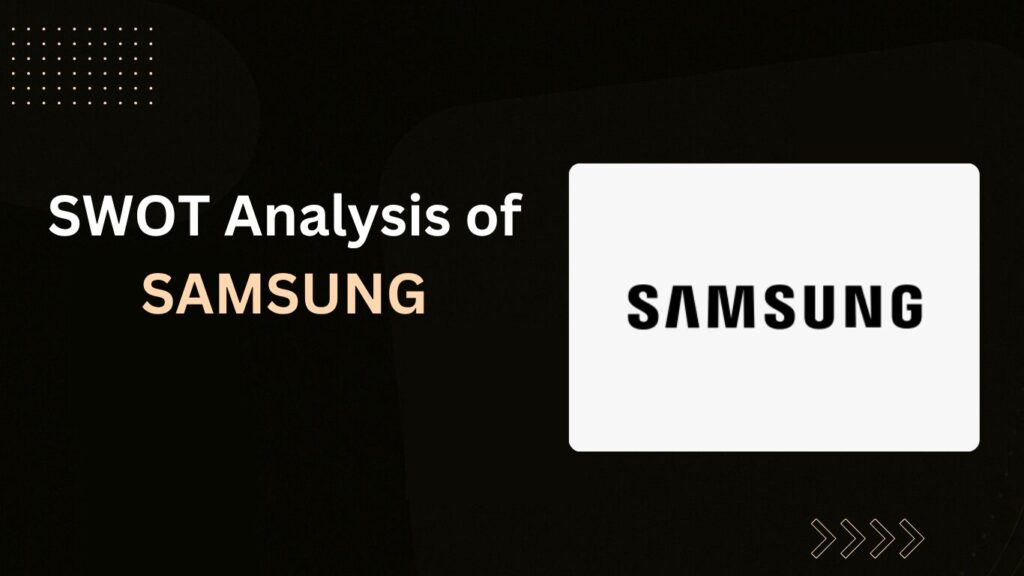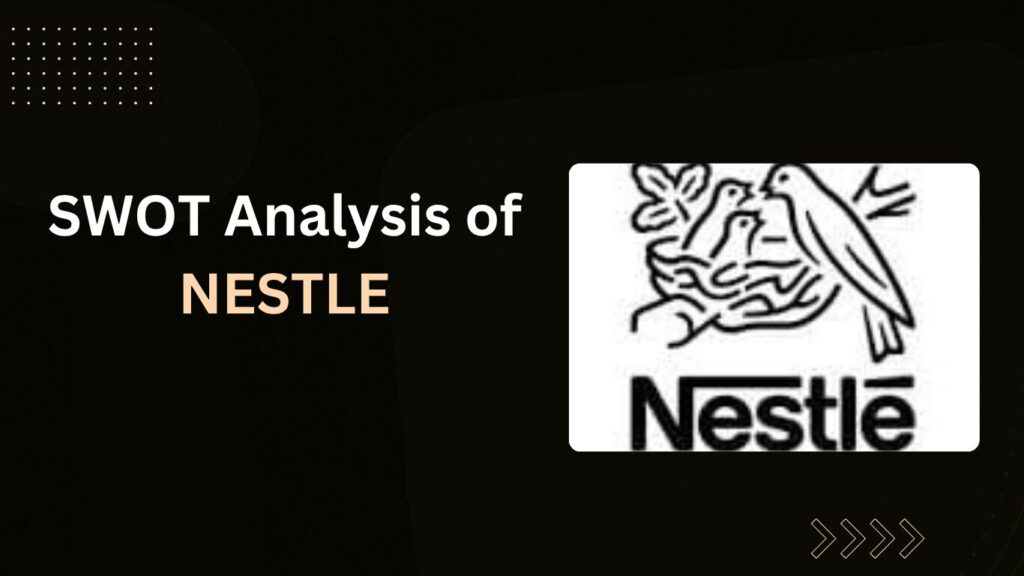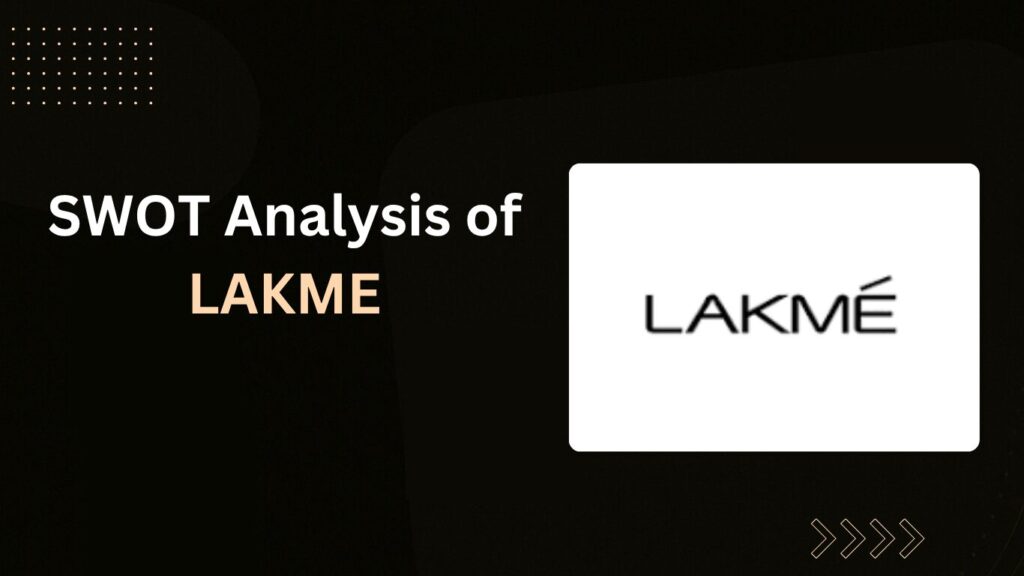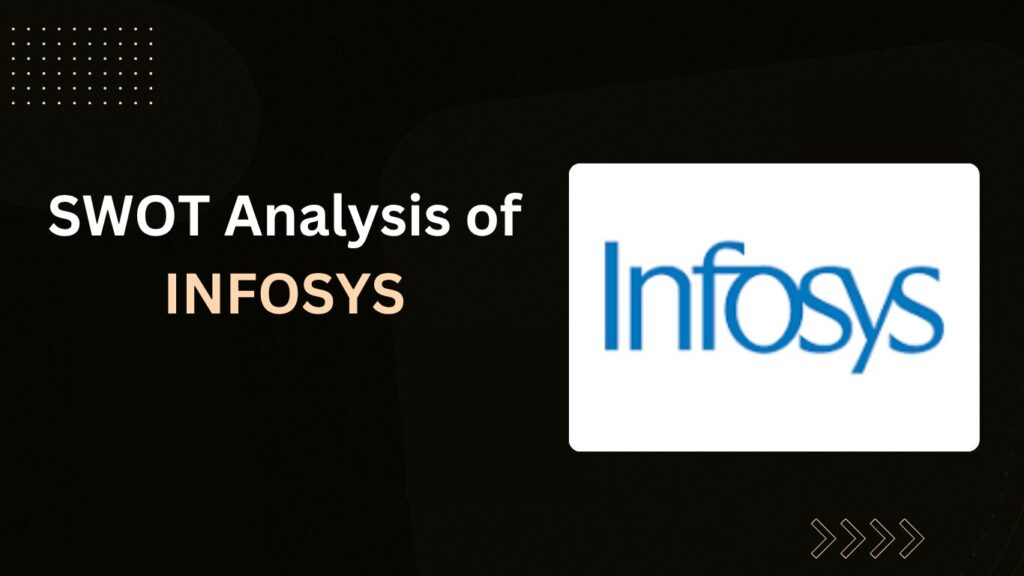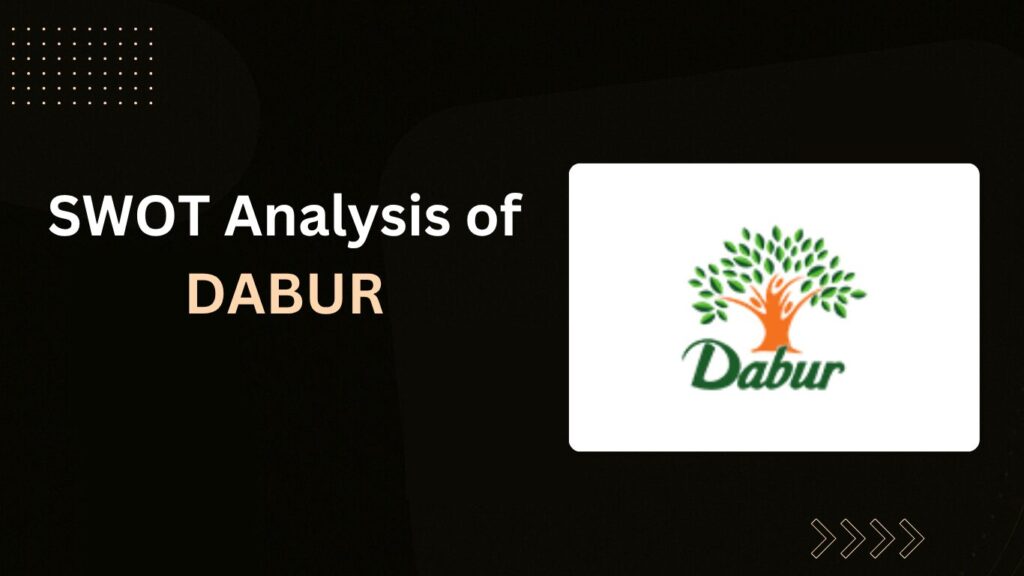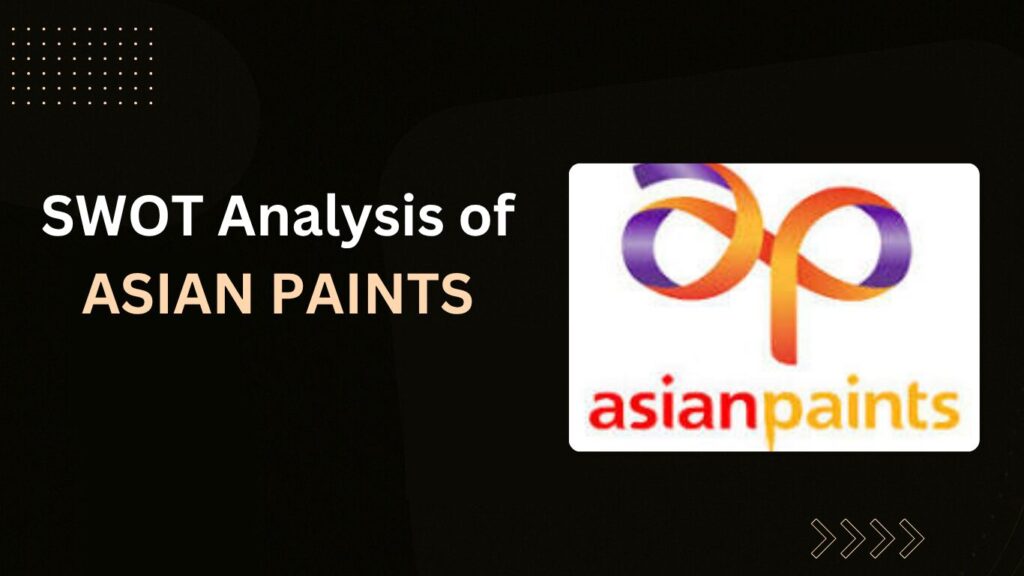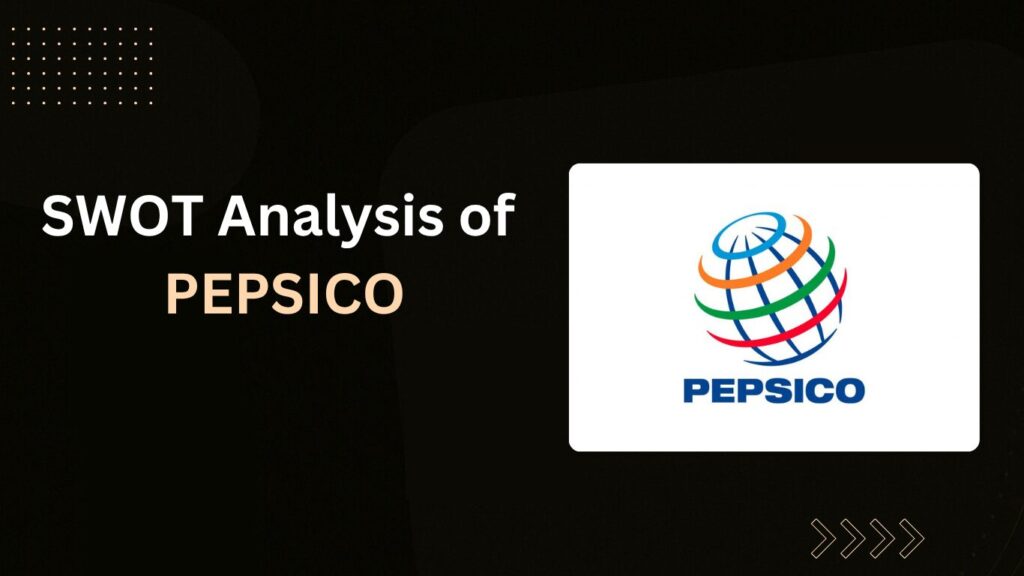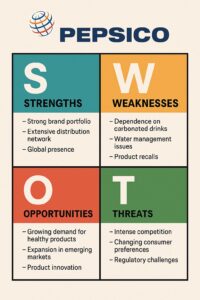SWOT Analysis of Reliance Jio: An In-Depth Examination
Reliance Jio, a subsidiary of Reliance Industries, has dramatically transformed the Indian telecom industry with its disruptive pricing, advanced technology, and wide-ranging digital services. Since its launch in 2016, Jio has quickly captured a significant market share by offering affordable data plans and free voice calls, fundamentally reshaping the telecommunications landscape. Jio’s growth trajectory has been remarkable, and it is now a dominant force in the Indian market and globally recognized. This blog offers a comprehensive SWOT analysis of Reliance Jio, looking at its strengths, weaknesses, opportunities, and threats.
Jio at a Glance – Alternative Overview
| Founder | Mukesh Ambani |
| Key People | Akash Ambani – Chairman
Sandip Das – Managing Director
Isha Ambani – Director
|
| Year of Establishment | 15 February 2007 |
| Annual Revenue (as of FY24) | Rs. 1,00,577 crore |
| Total assets (as of FY24) | Rs 20,700 crore |
| Total no. of employees | Approx. 95,326 |
| Type of Company | Subsidiary |
| Headquarters | Reliance Corporate Park, Ghansoli, Navi Mumbai, Maharashtra, India |
| Industry | Telecommunications, Digital Services |
| Parent Company | Reliance Industries Limited |
Key Products & Services of Jio
- Mobile Telephony: Jio offers one of the largest mobile telephony networks in India, with a vast coverage across urban and rural areas.
- 4G/5G Wireless Broadband: Providing high-speed wireless internet across India, Jio has been a pioneer in 4G network infrastructure and is currently rolling out 5G services.
- JioFiber: Offering high-speed fiber broadband services with ultra-fast internet connectivity for homes and businesses.
- OTT (Over-the-Top) Content Services:
- JioTV – Live television streaming with a vast array of channels.
- JioCinema – On-demand video streaming for movies and TV shows.
- JioSaavn – Music streaming service offering a wide range of music from India and around the world.
- JioTV – Live television streaming with a vast array of channels.
- JioPhone: Affordable smartphones that aim to make internet access accessible to a larger population in India.
- JioMoney: A digital payment platform offering services like online bill payments, mobile recharges, and peer-to-peer transfers.
- JioMart: An e-commerce platform for online grocery shopping, offering an extensive range of products and delivery services.
- JioCloud: Cloud storage service enabling users to store data securely.
- JioHealthHub: A health-tech platform providing telemedicine services and health management tools.
Key Milestones in Jio’s Journey:
- 2016: Launch of Jio’s 4G services, disrupting the telecom market with free voice calls and data, causing a revolution in data consumption.
- 2018: Jio became the largest telecom operator in India by subscriber base.
- 2020: Jio raised funds from global investors like Facebook, Google, and Silver Lake Partners, strengthening its position in the telecom and digital space.
- 2021: Jio launched 5G trials in select cities, becoming a leader in the rollout of next-gen telecom infrastructure in India.
- 2022: Acquired strategic partnerships for the development of JioMart, expanding its footprint in the e-commerce and online retail sector.
Key Features of Jio’s Services:
- Affordable Pricing: Jio’s aggressive pricing strategy has helped millions of users, especially in rural areas, access affordable high-speed internet and digital services.
- Innovation in Technology: Jio is recognized as a leader in adopting cutting-edge technology, being the first in India to introduce 4G services, and is currently working on 5G infrastructure.
- Wide Coverage: With a focus on rural and underserved areas, Jio has expanded its services to provide connectivity to places that were previously not served by major telecom operators.
SWOT analysis of Reliance Jio
Strengths:
-
Market Leadership and Subscriber Base:
- Real Example: Jio has emerged as the largest telecom operator in India with over 440 million subscribers (as of 2023). The introduction of Jio disrupted the Indian telecom market by offering free voice calls and affordable data, quickly making it the top choice for millions, especially in rural and semi-urban areas.
- Impact: Jio’s market penetration is unprecedented, having forced competitors to lower their prices to remain competitive. This massive subscriber base also gives Jio strong bargaining power in the market.
- Real Example: Jio has emerged as the largest telecom operator in India with over 440 million subscribers (as of 2023). The introduction of Jio disrupted the Indian telecom market by offering free voice calls and affordable data, quickly making it the top choice for millions, especially in rural and semi-urban areas.
-
Technological Superiority:
- Real Example: Jio was the first operator in India to roll out nationwide 4G LTE services in 2016, setting a new benchmark for internet speeds in the country. In 2022, Jio became one of the first telecom companies in India to launch 5G services, giving it a technological edge over its competitors.
- Impact: Jio’s early adoption of next-gen technologies like 5G and its advanced 4G network infrastructure offer faster, more reliable service to customers, giving it a competitive advantage.
-
Wide Range of Digital Services:
- Real Example: Jio doesn’t just provide mobile services; it has built an entire digital ecosystem, including JioFiber (broadband), JioCinema, JioTV, JioSaavn (music streaming), and JioMoney (digital payments).
- Impact: This suite of services encourages customer loyalty and offers an integrated experience, making Jio a one-stop digital platform. Users benefit from seamless connectivity, entertainment, and payment services under one roof.
-
Robust Financial Backing:
- Real Example: Being a subsidiary of Reliance Industries, Jio benefits from substantial financial backing, enabling it to invest billions in technology and infrastructure. It attracted large investments from companies like Facebook, Google, and Silver Lake Partners.
- Impact: This financial muscle allows Jio to maintain its competitive pricing strategy, which often undercuts competitors and attracts new customers. It also allows Jio to scale operations aggressively without immediate concern about profitability.
-
Brand Recognition and Trust:
- Real Example: Jio leverages the powerful Reliance brand, which is associated with credibility and trust in India. The parent company’s leadership in multiple sectors like petrochemicals, retail, and energy further strengthens Jio’s market position.
- Impact: This brand recognition helps Jio maintain its dominant position in urban and semi-urban markets, where trust in service quality is essential for customer retention.
Weaknesses:
-
High Debt Levels:
- Real Example: Despite its massive success, Jio’s rapid expansion, particularly in network infrastructure and spectrum acquisition, has resulted in high debt levels. As of 2022, Jio’s net debt was estimated at $17 billion.
- Impact: The significant debt burden may limit Jio’s ability to make further investments in emerging markets or innovation. High debt also increases financial risks, particularly if the company struggles with profitability in the long term.
-
Profitability Challenges:
- Real Example: Jio’s aggressive pricing model has significantly impacted its profitability. Despite leading the market in subscriber numbers, Jio’s operating margins have been under pressure due to its strategy of acquiring market share at the expense of short-term profit.
- Impact: This focus on growth over profitability could make Jio vulnerable in case of economic slowdowns or if competitors start offering equally low prices with better service quality.
-
Limited Presence in Rural Areas:
- Real Example: While Jio has aggressively expanded its 4G network in rural India, there are still reports of poor network coverage and slower speeds in some remote areas. This is especially true in regions with difficult terrain and lower network infrastructure investment.
- Impact: This can lead to customer dissatisfaction in rural areas, which could hinder Jio’s full penetration of the vast rural market. In these areas, competitors like Airtel and BSNL may offer better service reliability.
-
Dependence on the Indian Market:
- Real Example: Jio’s revenue and growth are predominantly dependent on the Indian market. Although it has ventured into international markets like the Middle East and Africa through partnerships, it remains heavily reliant on domestic subscribers for its income.
- Impact: A downturn in the Indian economy, changes in government policy, or intense regulatory scrutiny could severely impact Jio’s growth. The company’s inability to diversify its revenue streams globally makes it vulnerable to fluctuations in the domestic market.
Opportunities:
1.Expansion into 5G and Beyond:
-
- Real Example: Jio’s early rollout of 5G in major Indian cities positions it as a leader in the next wave of telecom services. The global rollout of 5G provides Jio with an opportunity to capture the high-value premium data segment.
- Impact: Jio can capitalize on the premium pricing for 5G services and offer advanced IoT (Internet of Things) solutions, connected devices, and smart home products. This could open new revenue streams beyond traditional telecom services.
-
Partnerships and Acquisitions:
- Real Example: Jio has entered into partnerships with global tech giants like Facebook (now Meta), Google, and Microsoft. These collaborations have led to innovations in cloud computing, AI, and content distribution.
- Impact: These partnerships enable Jio to offer enhanced digital services, like JioMart (e-commerce) and JioPhone Next (budget smartphone). Jio can further diversify by acquiring new technologies or entering new markets, potentially increasing profitability.
-
Rural and Tier-2/3 Market Penetration:
- Real Example: Jio has made substantial inroads into rural India with affordable data plans and its extensive retail network. With more people in rural areas adopting smartphones, Jio can dominate this market segment.
- Impact: The increasing penetration of smartphones and affordable data packages means Jio can capture the growing demand for internet connectivity, entertainment, and e-commerce in smaller towns and villages.
-
Digital Transformation in India:
- Real Example: The Digital India initiative by the government is promoting the adoption of digital services across the country. Jio has already begun expanding in sectors like e-commerce, e-payments, and telemedicine.
- Impact: Jio can capitalize on government initiatives like e-governance and digital literacy, further expanding its service offerings in areas such as online education, health services, and government-related services.
Threats:
-
-
Intense Competition:
- Real Example: Jio faces fierce competition from Airtel, Vodafone-Idea, and BSNL, which are constantly innovating with competitive pricing, better service quality, and improved coverage. For instance, Airtel’s focus on offering superior 5G services challenges Jio’s market share.
- Impact: The fierce competition leads to price wars, which may erode profits for all operators, including Jio. Also, customer retention becomes difficult if competitors provide better network quality or more attractive services.
-
-
Regulatory Challenges:
-
- Real Example: The Indian telecom industry is heavily regulated. Changes in policies related to spectrum pricing, tax structures, or telecom licensing can affect Jio’s profitability. For instance, the AGR (Adjusted Gross Revenue) issue in India affected the financials of telecom operators, including Jio.
- Impact: Regulatory changes can lead to increased operational costs, reduce profitability, or create legal challenges for Jio. Moreover, data privacy and security laws could also pose operational risks.
-
Network Congestion and Quality Issues:
- Real Example: Jio faces network congestion in high-density urban areas due to the rapid growth in subscriber numbers. This has led to occasional service outages and slower data speeds during peak hours.
- Impact: If Jio does not continually invest in improving network infrastructure, customers may experience poor quality service, leading to dissatisfaction and churn.
-
Technological Risks:
- Real Example: Jio must continually innovate to keep pace with technological advancements. Its heavy reliance on 4G and 5G infrastructure means it is vulnerable if new technologies like Wi-Fi 6 or satellite internet emerge as strong competitors.
- Impact: Failing to stay ahead of technological trends or not investing enough in cybersecurity could result in a loss of competitive edge, customer trust, or even legal liabilities if there are security breaches.
Top Competitors of Jio in India
Jio, launched by Reliance Industries, has revolutionized the Indian telecom market with its affordable data plans and massive customer base. However, it faces tough competition from several major players in the market. Below are the top competitors:
Airtel
- Overview: Airtel is one of the oldest and most established telecom operators in India. It is known for its strong network infrastructure and premium services.
- Key Strengths:
- Network Quality: Airtel has a reputation for offering better network quality and customer experience in urban areas.
- Data Services: It offers high-speed 4G and 5G services, along with a wide range of data and voice plans.
- Airtel Xstream: A strong play in the OTT (Over-the-top) content space, offering streaming services, digital TV, and broadband plans.
- International Presence: Airtel operates in several countries, particularly in Africa, giving it an edge over competitors like Jio.
- Network Quality: Airtel has a reputation for offering better network quality and customer experience in urban areas.
- Live Example: Airtel is often praised for its customer service, which many Jio customers still find wanting.
2. Vodafone Idea (Vi)
- Overview: Vodafone Idea, formed from the merger of Vodafone India and Idea Cellular, is another major player in the Indian telecom space.
- Key Strengths:
- Combined Subscriber Base: The merger gives Vi a large customer base, helping it maintain its competitive edge.
- Network Expansion: Vi has made strong efforts in improving network coverage, particularly in rural areas.
- Value for Money Plans: Vi focuses on offering affordable plans, catering to budget-conscious customers.
- Combined Subscriber Base: The merger gives Vi a large customer base, helping it maintain its competitive edge.
- Live Example: Vi offers specific postpaid and prepaid plans that are popular in rural areas, where Jio’s data services may be inconsistent.
3. BSNL (Bharat Sanchar Nigam Limited)
- Overview: BSNL is a state-owned telecommunications company, offering services across India, especially in rural areas.
- Key Strengths:
- Rural Penetration: BSNL continues to dominate rural areas with extensive coverage, where Jio and others may not have strong footholds.
- Government Support: Being state-owned, BSNL has government backing for expansion and support in critical infrastructure areas.
- Affordable Plans: BSNL is often seen as a more affordable option for users who need basic voice and internet services.
- Rural Penetration: BSNL continues to dominate rural areas with extensive coverage, where Jio and others may not have strong footholds.
- Live Example: BSNL’s 4G rollout is happening slowly, but it remains a top choice for users in remote areas where Jio’s 4G network may be unavailable.
4. MTNL (Mahanagar Telephone Nigam Limited)
- Overview: MTNL is another government-owned operator that primarily serves Mumbai and Delhi.
- Key Strengths:
- Market Niche: Though MTNL’s services are limited to two cities, it still competes in offering broadband, voice, and mobile services.
- Government Support: Like BSNL, MTNL is subsidized by the government and continues to operate without the pressure to generate substantial profits.
- Affordable Options: MTNL offers cost-effective services compared to many private telecom operators.
- Market Niche: Though MTNL’s services are limited to two cities, it still competes in offering broadband, voice, and mobile services.
- Live Example: MTNL is more of a niche player, providing telecom services in urban regions where it faces stiff competition from Jio, Airtel, and others.
5. Tata Tele Services (Tata Docomo)
- Overview: Although Tata Docomo was once a prominent telecom player, Tata Tele Services is now primarily focused on enterprise and broadband solutions.
- Key Strengths:
- Enterprise Solutions: Tata’s expertise in B2B services is a strength, catering to large organizations and offering data, voice, and IT solutions.
- Broadband Services: Tata offers broadband and WiFi services, competing in the fixed-line broadband market.
- Enterprise Solutions: Tata’s expertise in B2B services is a strength, catering to large organizations and offering data, voice, and IT solutions.
- Live Example: Though Tata has exited the mobile services market, its broadband and enterprise services still pose competition in the enterprise segment.
Conclusion:
Reliance Jio has successfully transformed the Indian telecom industry with its customer-centric approach and robust technological advancements. Its strengths lie in its large subscriber base, superior digital ecosystem, and financial backing, while its weaknesses revolve around debt levels and market dependency. Despite facing tough competition and regulatory challenges, Jio’s future looks promising, with opportunities for growth in the 5G and digital services sectors. As it continues to innovate, Jio is likely to remain a leader in India’s telecom industry.
Frequently Asked Questions (FAQs)
Q1: How did Reliance Jio disrupt the Indian telecom market?
Jio disrupted the market by offering free voice calls, affordable data plans, and unlimited internet access, forcing competitors to lower prices and improving telecom accessibility for millions of Indians. Its fast 4G network and innovative services reshaped the landscape.
Q2: What are Jio’s main strengths in the telecom industry?
Jio’s main strengths include its market leadership, large subscriber base, superior technology infrastructure, diversified range of digital services, and strong financial backing from Reliance Industries.
Q3: What are the primary challenges Jio faces?
Jio faces challenges such as high debt levels, profitability issues, limited rural market presence, intense competition, and the risks associated with regulatory changes and network congestion.
Q4: How does Jio plan to grow in the future?
Jio plans to grow through the expansion of its 5G network, strategic partnerships, rural market penetration, and the development of new digital services such as IoT, e-commerce, and digital payments.
Q5: What opportunities does Jio have in the telecom market?
Jio has opportunities in the 5G market, partnerships with global tech companies, the expansion of services in rural India, and benefiting from India’s digital transformation, including government-led initiatives.
Q6:Why is Jio so popular in India?
Jio gained massive popularity because it offered affordable data plans, free voice calls, and introduced 4G to a large section of the population. Their strategy of free trials and competitive pricing revolutionized the telecom sector.
Q7:How does Jio’s network quality compare to competitors like Airtel?
Jio has a widespread 4G network that covers most areas, including rural India. However, Airtel often wins on network quality, particularly in urban areas and for high-speed data services.
Q8:What is the future of BSNL and MTNL with the rise of Jio?
BSNL and MTNL are government-owned and have strong rural customer bases. However, they face challenges in competing with Jio’s aggressive pricing and faster network rollout, especially for 4G and 5G services.
Q9:What are the benefits of using Airtel over Jio?
Airtel provides high-speed data, superior customer service, and a range of additional services like Airtel Xstream. Airtel’s presence in international markets and its established network in urban areas also make it a preferred choice for many customers.
Q10:Does Vi (Vodafone Idea) have any unique features?
Vi focuses on offering affordable plans and is competitive in rural India. It also has special offers on bundled services like Netflix and Amazon Prime memberships, making it attractive to users who want value for money.
Q11:What makes BSNL and MTNL competitive despite Jio’s dominance?
BSNL and MTNL’s competitive edge lies in their extensive rural coverage, government support, and affordable plans. These providers continue to offer services in regions where Jio’s presence is limited, especially in remote areas.



